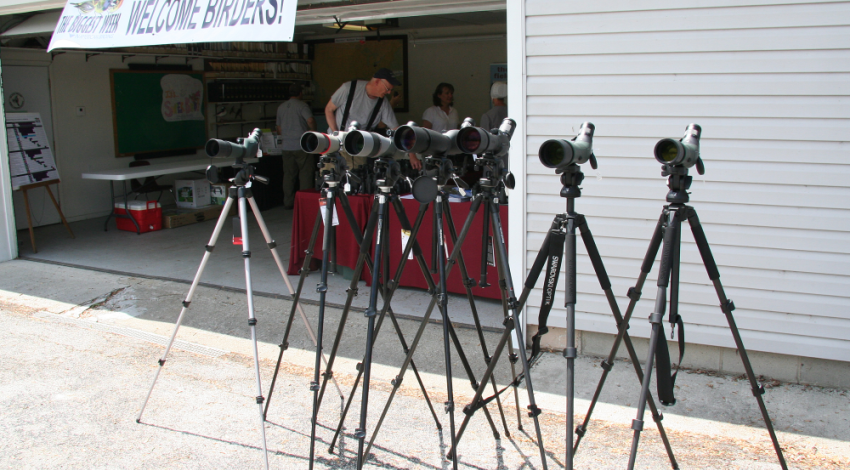Taking care of the soil is essential for future generations, says Casey Longshore. He hopes his 2-year-old son, Landen, has the opportunity to farm if he wishes.
Casey Longshore and his family are on a mission to improve soil quality at their Delaware County farm. Protecting drinking water by preventing runoff and nutrient losses at the farm are a high priority. In 2015, the Delaware Soil and Water Conservation District named the Longshores the Conservation Cooperators of the Year.
“We’d like not to be the bad guy,” Longshore says, referring to evidence that certain farming practices have led to water quality problems in Ohio waterways.
Over the past five years, Longshore and his father, Randy, and his uncle, Robert, who farm together near Sunbury, have altered their tillage practices to improve soil structure, add organic matter, and minimize compaction. About half the 1,200-acre farm is now no-tilled, and they plant cereal rye and annual ryegrass cover crops to help decrease erosion.
Costly measures
Even with those measures, the problem of soil crusting persisted — rock-hard layers formed on the top of the field after spring rainfalls. That rock-hard layer not only makes it difficult for new seedlings to break through the surface, but it also causes fertilizer to run off into waterways instead of being absorbed into the soil.
The Longshores had to plant extra seeds, especially soybeans, to maintain their yield. It wasn’t uncommon for them to plant up to 200,000 seeds of soybeans per acre, when recommendations for optimum yield are usually between 120,000 and 170,000.
Gypsum alters soil structure
Then the Longshores discovered that adding gypsum (calcium sulfate) to the soil dramatically softened that hard surface.
Researchers at The Ohio State University have studied gypsum’s impact on soil nutrient loss, demonstrating 50 to 60 percent reductions in the phosphorus content of tile water in areas where gypsum has been added to the soil. That phosphorus is a prime culprit in the formation of harmful algal blooms in Ohio’s lakes in recent years.
After the first fall the Longshores applied the tan, powdery gypsum on their fields, they noticed their soil was softer and easier to plant the following spring. Their soybean seeding rates have since dropped by 30,000 seeds per acre, saving about $7,000 per year. Also, they no longer use sulfur fertilizers, because the gypsum supplies enough to support crop nutrient needs.
It comes from coal
Gypsum is a byproduct of “scrubbing” the emissions from coal-fired electric generation plants such as Cardinal Station in Brilliant, Ohio, which has an agreement with the Gypsoil brand of soil additive to use Cardinal’s gypsum.
Buckeye Power, the generation and transmission cooperative that provides power to the 25 Ohio electric cooperatives, owns Cardinal and has invested more than $1 billion in emission controls there (including the system that produces gypsum) that have made it one of the cleanest coal-fired generation plants in the world.
“Not only does scrubbing emissions help clean the air, but in the process we are improving soil, water, and agriculture,” says Tom Alban, vice president of power generation at Buckeye Power. “As a cooperative that genuinely cares for our community, that’s important to us.”









